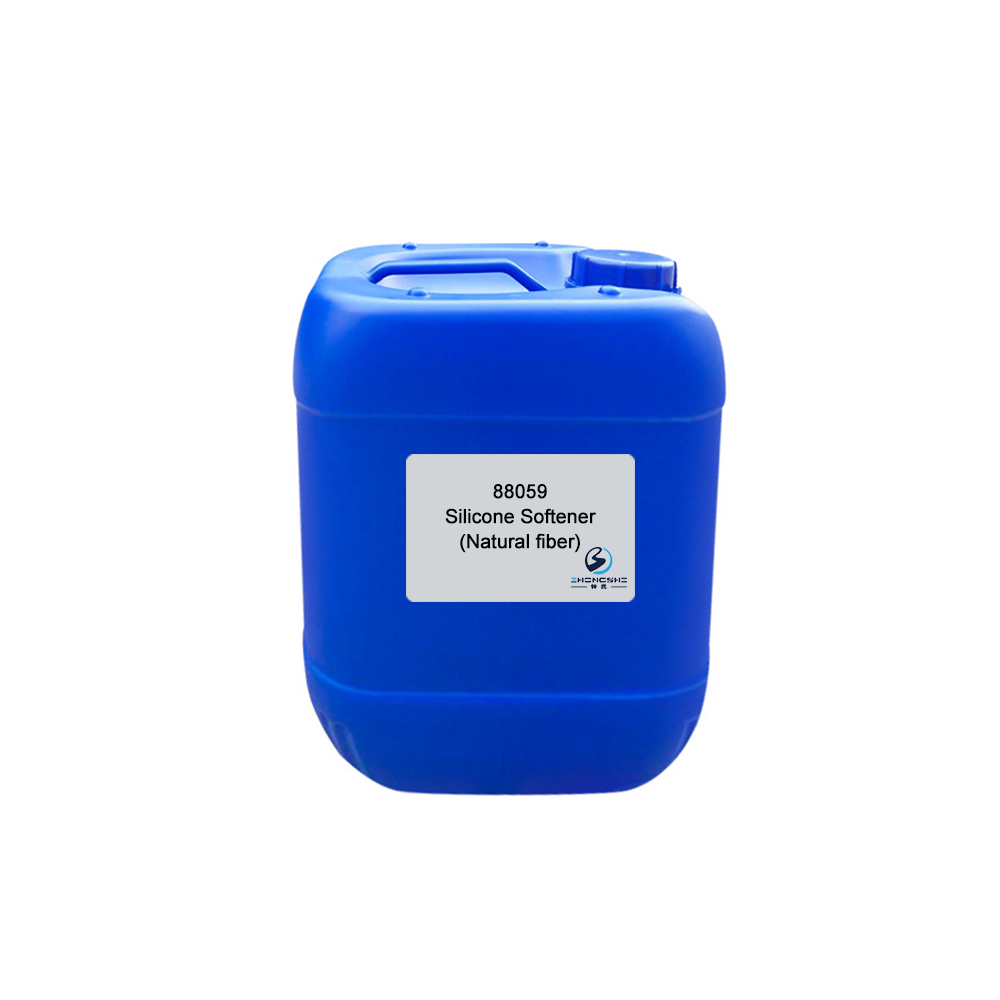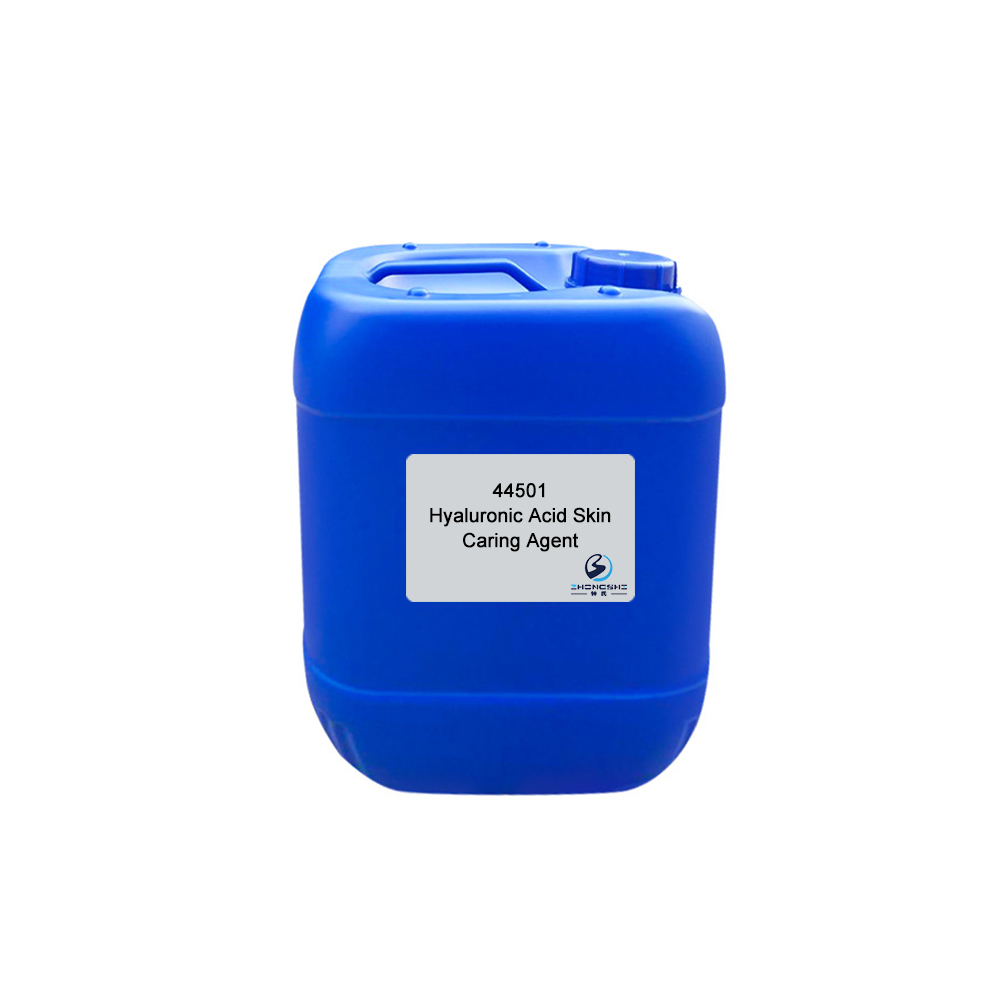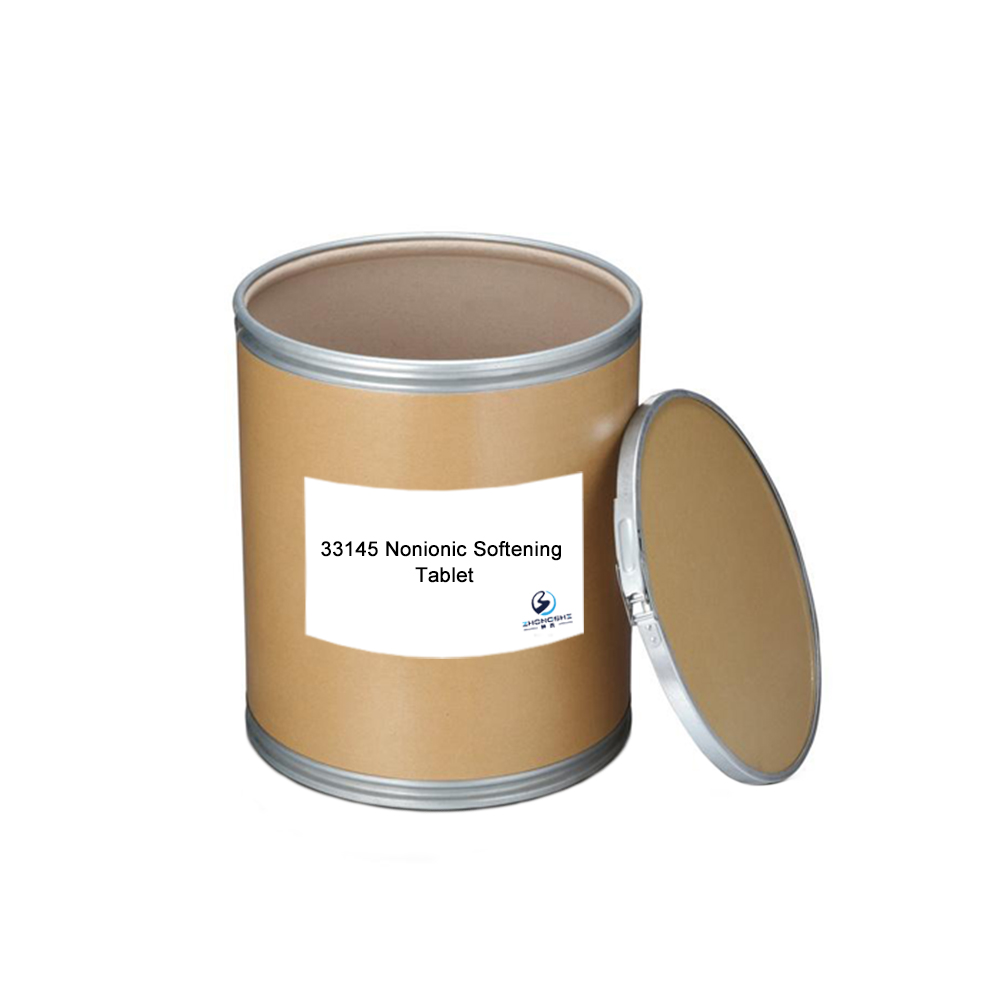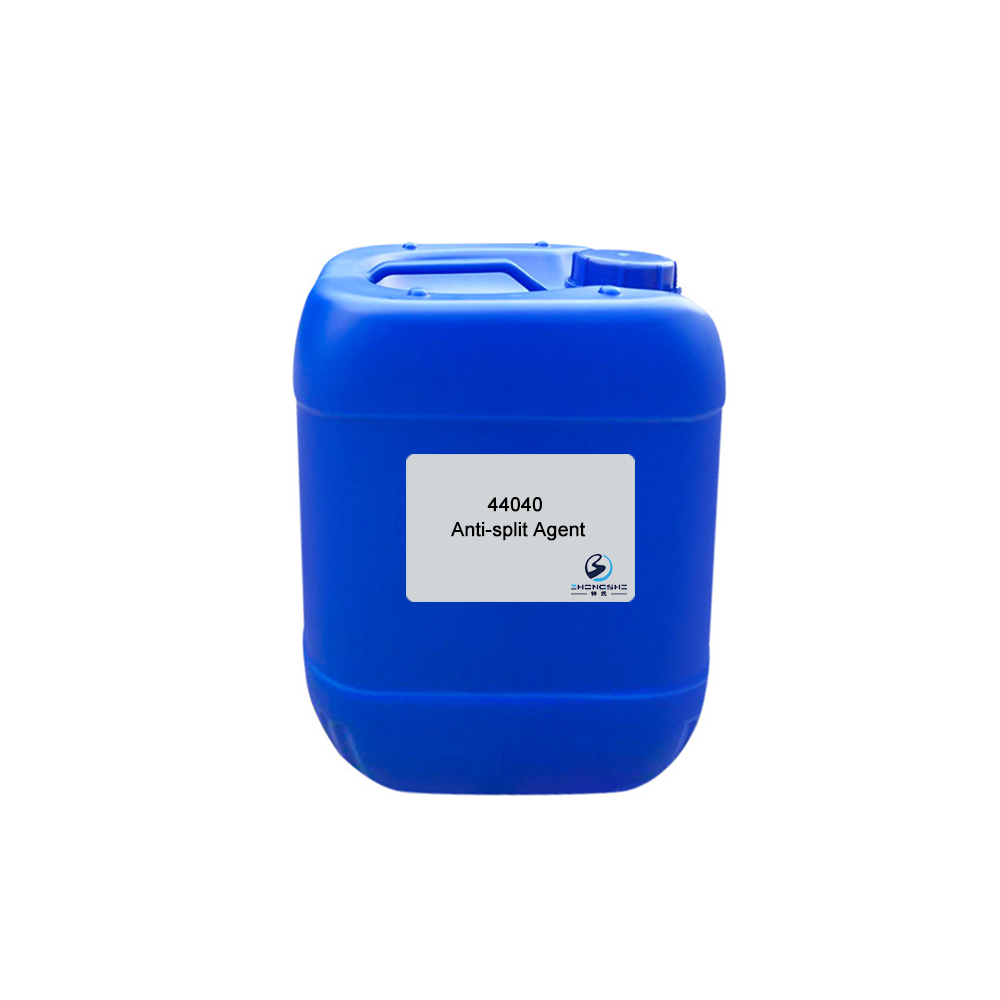Cheap price Amino Silicone Oil - 88059 Silicone Softener (Smooth & Soft) – Innovative
Cheap price Amino Silicone Oil - 88059 Silicone Softener (Smooth & Soft) – Innovative Detail:
eatures & Benefits
- Imparts fabrics excellent smooth and soft hand feeling.
- Improves the tear strength of fabrics.
- Excellent elasticity. Improves anti-wrinkling performance.
- Obviously improves sewing property of yarns.
- Extremely little influence on color shade.
Typical Properties
| Appearance: | Milk white fluid |
| Ionicity: | Weak cationic |
| pH value: | 6.5±0.5 (1% aqueous solution) |
| Solubility: | Soluble in water |
| Content: | 6% |
| Application: | Natural fibers, as cotton and flax, etc. |
Package
120kg plastic barrel, IBC tank & customized package available for selection
TIPS:
Chemical finishing processes
Chemical finishing can be defined as the use of chemicals to achieve a desired fabric property. Chemical finishing, also referred to as ‘wet’ finishing, includes processes that change the chemical composition of the fabrics that they are applied to. In other words, an elemental analysis of a fabric treated with a chemical finish will be different from the same analysis done prior to the finishing.
Typically chemical finishing takes place after coloration (dyeing or printing) but before fabrics are made into garments or other textile articles. However, many chemical finishes can also be successfully applied to yarns or garments.
Chemical finishes can be durable, i.e. undergo repeated launderings or dry cleanings without losing effectiveness, or non-durable, i.e. intended when only temporary properties are needed or when the finished textile typically is not washed or dry cleaned, for example some technical textiles. In nearly all cases, the chemical finish is a solution or emulsion of the active chemical in water. Use of organic solvents to apply chemical finishes is restricted to special applications owing to the expense and the real or possible toxicity and flammability of the solvents employed.
The actual method of finish application depends on the particular chemicals and fabrics involved and the machinery available. Chemicals that have strong affinities for fiber surfaces can be applied in batch processes by exhaustion in dyeing machines, usually after the dyeing process has been completed. Examples of these exhaust applied finishes include softeners, ultraviolet protection agents and some soil-release finishes. Chemicals that do not have an affinity for fibers are applied by a variety of continuous processes that involve either immersing the textile in a solution of the finishing chemical or applying the finishing solution to the fabric by some mechanical means.
After application of the chemical finish, the fabric must be dried and if necessary, the finish must be fixed to the fiber surface, usually by additional heating in a ‘curing’ step. A schematic diagram of a pad–dry–cure process is shown as below.
Product detail pictures:

Related Product Guide:
Soaping agent is used to remove the unfixed dyes and hydrolytic dyes on fabrics and prevent color spots on fabrics, which improves the product quality. Cheap price Amino Silicone Oil - 88059 Silicone Softener (Smooth & Soft) – Innovative , The product will supply to all over the world, such as: Brasilia, South Korea, Curacao, Guangdong Innovative Fine Chemical Co., Ltd. silicone oil & silicone softener have strong stability and excellent effect. They are suitable for polyester, nylon, acrylic fiber, wool, cotton, viscose fiber and their blends, which can impart fabrics durable hydrophilicity and anti-static, anti-pilling, soft, stiff, smooth, plump and fluffy handle. Also we can provide customers with customized silicone oil and silicone softener.
The quality of the products is very good, especially in the details, can be seen that the company work actively to satisfy customer's interest, a nice supplier.








